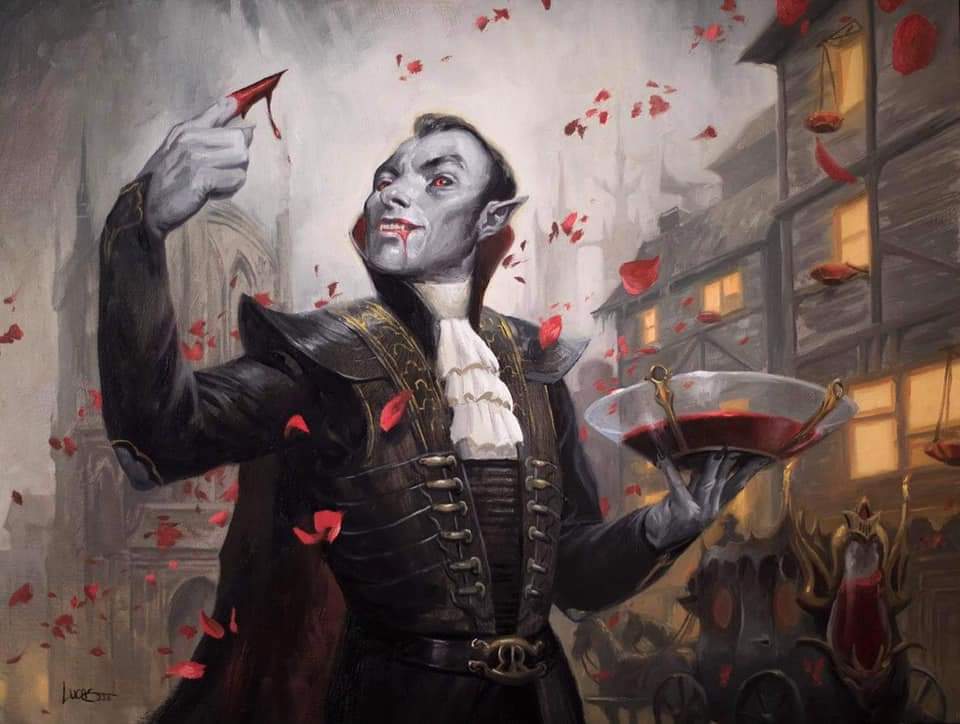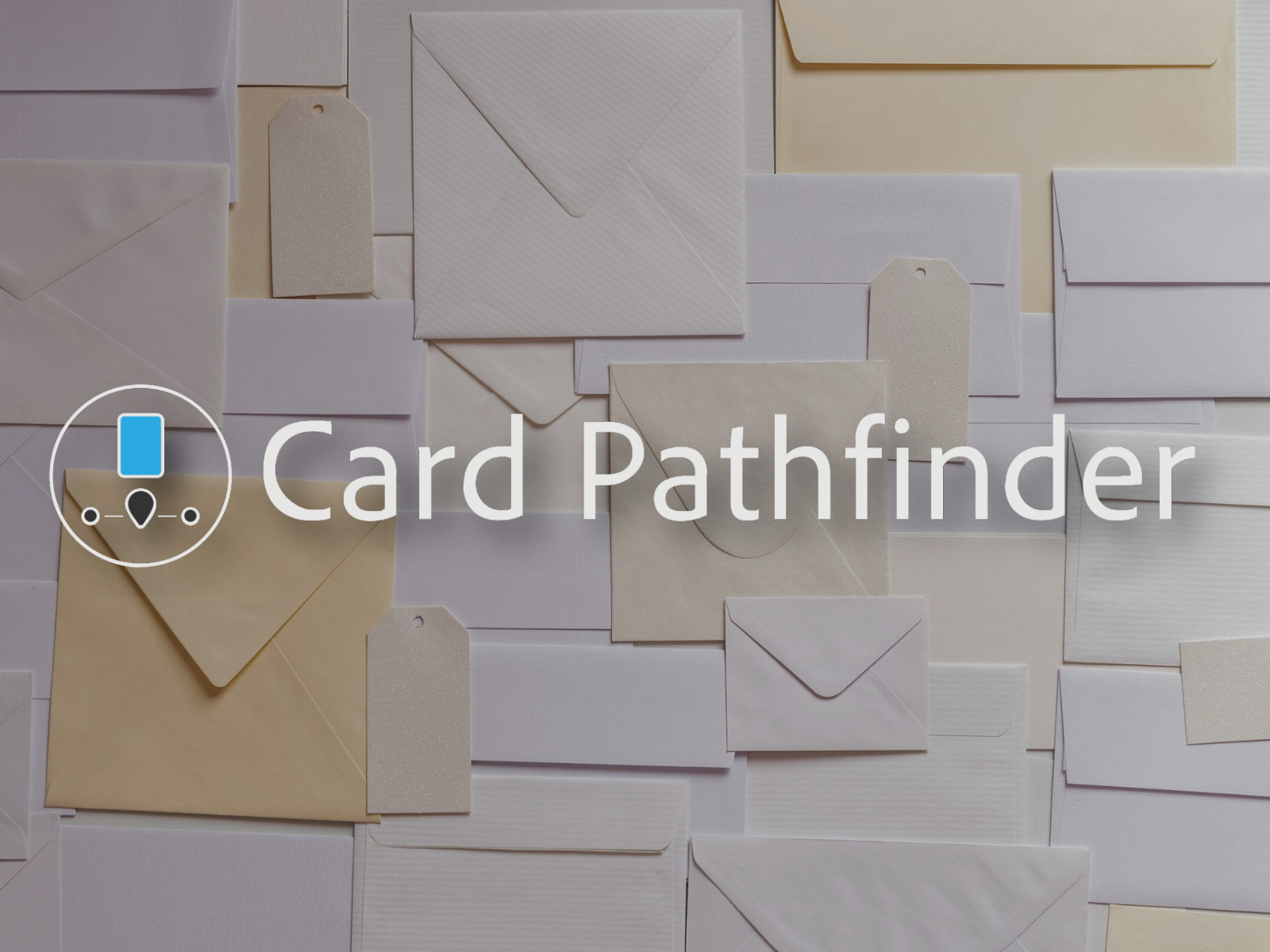Hey guys,
Welcome to part three of Bolt the Bird’s series on competitive deck building! Today’s topic is how to build a competitive midrange deck. If you missed the previous articles in the series, you can find them here:
How to Build a Competitive MTG Deck Part One: Aggro
How to Build a Competitive MTG Deck Part Two: Tempo
Reviewing the Basics
Playing more than 60 cards hurts your consistency and the chances of drawing the cards you want. The only reason to ever deviate from 60 cards is if you are playing Yorion as a companion.
Your deck should also have a clear plan. Midrange decks look to win the game by using some combination of aggression, disruption, and ways to out-grind your opponent with card advantage or better card quality.
Your cards should all work together towards a goal and further your deck’s plan. The best midrange cards tend to both provide value and affect the battlefield at the same time. You are not typically looking to cast cards that are card-advantage negative like Fading Hope (ie. they don’t permanently deal with a threat and cost you a card), and you typically don’t want to play small aggro threats like Monastery Swiftspear, either.
Next, you need to ensure you have a solid mana base with enough mana sources of the correct color by referencing Frank Karsten’s 2022 updated article about crafting the perfect manabase.
You also need to have a solid mana curve. What your curve should look like depends somewhat on the format. For Standard, midrange decks tend to be willing to run a higher and slower curve than aggro or tempo decks. Midrange decks often don’t play too many one-mana spells as a result. The curve of a midrange deck will usually top out at anywhere from five to seven mana depending on the speed of the format, how prevalent counterspells are, and whether the deck plays any ramp.
You should, however, always be careful not to make your deck too top-end-heavy. You may run the risk of being too clunky and getting run over or out-tempoed by the opponent!
How to Build a Competitive MTG Midrange Deck
We’ve covered the basics, but what steps do you need to take to actually build a midrange deck that can grind with the best? Here’s what you need to consider:
Mana Requirements
What lands your deck should play is obviously format dependent. In eternal formats, having access to untapped lands is still pretty important, even for a midrange deck. Shocks and fetches or duals are usually the way to go.
But in Standard, midrange decks are often willing to play some amount of lands that come into play tapped if the land offers enough of an incentive. The triomes, for example, are worth playing because they offer three colors of mana on top of the added bonus of being able to cycle them away if needed.
Midrange decks usually focus more on raw card power and card advantage than speed and so are happy to play a long game versus many matchups. Because speed is a bit less of a concern, midrange decks often play more than two colors. Three-colored midrange decks are common in Standard, and even five-color decks can see play with access to the right mana.
One more thing to consider regarding lands is that you should try using lands that add utility in some way. Having your lands double up as spells or provide some other advantage is another great way to grind your opponent out. Roadside Reliquary and the Neon Dynasty channel lands are good examples that currently see play.
Refining Your Plan
Midrange decks fall on a spectrum that can range from being fairly aggressive to fairly controlling. Some pivot between game one and two. Others sideboard into an entirely different plan. Sometimes, the lines between aggro and midrange or control and midrange can be a bit blurry. This is the hallmark of a good midrange deck.
The most aggressive midrange builds might look like a resilient aggro deck that swapped out a few one-drops for some five-drops. What differentiates midrange from aggro is that midrange focuses more on value and less on speed.
A more controlling midrange deck might look like a control deck that swapped out a bit of interaction for some battlefield presence. What differentiates midrange from control is that midrange plays more battlefield presence than typical control.
Whether you should skew your deck to be more aggressive or controlling depends on the midrange tools available to you in your format, as well as what the meta looks like. More on meta considerations later.
Regardless of whether you skew more aggressive or controlling, it’s important to remember where midrange decks sit in terms of inevitability. Midrange decks have more inevitability than aggro decks but usually have less inevitability than control, ramp, and combo decks. Midrange decks are “stuck in the middle” so to speak, as they need to be able to slow down decks that are faster than them, while also being aggressive enough to get under decks with a stronger late game.
In addition to these concerns, you also need to be able to go toe-to-toe with other midrange decks. If the other deck is grindier than you or has superior battlefield presence or evasion, you will not have a good matchup.
Because midrange is stuck in the middle, it’s important to try to play cards that are good both offensively and defensively. Creatures that can’t block such as the tokens created by Skrelv’s Hive or Urabrask’s Forge are only good on offense, not defense. This makes these cards a questionable main-deck choice for a midrange deck. Creatures that can’t attack or do so poorly are also not ideal, as they can’t pressure the opponent.
Playing the Right Threats
Midrange decks like to play threats that provide additional value in some way. If you are trying to grind the opponent out, then threats that provide guaranteed value and don’t “die to Doomblade” are the best. Some of the things to look for are:
Threats that generate card advantage. This can mean cards that literally draw or gain you additional cards, such as Corpse Appraiser, a Grixis Midrange all-star. This also includes cards that create multiple bodies or generate other resources, such as Fable of the Mirror-Breaker.
Creatures that can chump block or buy you time while also providing additional value. Spirited Companion and Eyetwitch are good examples. Wedding Announcement is good because it makes tokens that can chump if need be, and then it leaves behind an anthem.
Threats that grow or create more board presence. A more aggressive midrange deck might play cards like Adeline, Resplendent Cathar or Luminarch Aspirant.
Resilient cards like Edgar, Charmed Groom or Graveyard Trespasser.
Recursive cards like Dennick, Pious Apprentice and Tenacious Underdog.
Creatures with ETB or death triggers like Bloodtithe Harvester and Ao, the Dawn Sky.
Beefy creatures that provide additional value like Sheoldred, the Apocalypse or Elder Gargaroth.
Beefy, under-costed beaters like Tarmogoyf.
Bombs or finishers like Atraxa, Grand Unfifier, or Emergent Ultimatum.
Planeswalkers. Not every midrange deck necessarily wants to play planeswalkers, but planeswalkers do tend to shine in midrange and control decks. If you can defend them, planeswalkers are a great way to generate a big advantage over the course of a game. Just what you are looking to do in a midrange deck!
Ramping In Midrange Decks
Not all midrange decks want to ramp, but it is not uncommon to see a little bit of ramp in a midrange deck. Keep in mind that you’re not a dedicated ramp deck, but a few Llanowar Elves or treasure producers like Fable of the Mirror-Breaker tokens or Shambling Ghast can help you play some of your powerful cards ahead of curve.
Consider the Meta
As always, you need to be careful about falling into the trap of only considering your deck in a vacuum. If you want to be competitive, you need to ensure that your deck will be well positioned.
How aggressive or controlling your midrange deck should partly be dictated by what your meta looks like. If grinding out card advantage is the most “over the top” thing you can be doing in a format, then midrange decks that tend to skew more controlling can be well positioned.
In a meta where midrange has to contend with other decks that go over the top of it (such as ramp, combo, or control) then you should strongly consider skewing your deck to be more aggressive.
Another facet of evaluating the metagame involves choosing the right threats and answers. Your threats and removal should line up well against what the meta is doing. If everyone starts playing Steel Seraph, you may want to swap your Go For the Throats for some Infernal Grasps. If Invoke Despair is dominating the meta, overly expensive enchantments and planeswalkers become much harder to justify playing.
Choosing the Right Interaction
Midrange decks want to play the following types of interaction:
Efficiently costed removal. Cards like cut down or Fatal Push are very strong for one mana, and two mana spells like Infernal Grasp and Go for the Throat can hit almost any creature that the one mana spells might miss.
Removal that also provides card advantage. Good examples would be Banishing Slash, Soul Transfer, and Invoke Despair.
Versatile removal like Vanishing Verse or Void Rend.
Removal that exiles and instant speed removal tend to be the strongest forms of removal.
Discard spells like Inquisition of Kozilek and Thoughtseize are main-deckable for many midrange decks, while more narrow discard options like Duress are typically run in the sideboard, depending on the metagame. Not all midrange decks run discard, but it can be a useful tool to help poke holes in your opponent’s game plan.
Board sweepers are often run in more controlling midrange decks. Not all midrange decks will want sweepers, but those that do find them helpful in dealing with faster decks or decks that play to the board more than them.
Counterspells are also a powerful tool for some midrange decks. Having a clean way to answer your opponent’s value cards is great, and being able to punish your opponent for playing clunky expensive spells is great, too. Counterspells can be used to counter whatever really matters, which makes them powerful.
An important factor to keep in mind with removal is that there is such a thing as too much. If you play too much one-for-one removal, you risk getting outvalued by cards like Fable of the Mirror-Breaker and Corpse Appraiser. You also run the risk of drawing too much removal and not enough threats versus decks that you are trying to get under you or don’t rely on creatures. This will vary depending on how aggressive your midrange deck is and how strong its late game is.
On the flip side, too little removal will get you run over by faster decks, or you’ll just die to your opponent’s Sheoldred. Finding the right balance is key.
Priorities for Midrange MTG Decks
When brewing, keep in mind that a midrange deck’s priorities are some combination of:
- Card advantage
- Battlefield presence
- Disruption
Whether disruption or aggression is your primary priority will vary from deck to deck. Either way, the ability to grind and card advantage are key.
You essentially want to build a deck that is capable of grinding out other midrange decks, pressuring slower decks, and slowing down aggro decks enough to stabilize and win. Easy enough, right?
Applying Midrange Deckbuilding Principles
In the most recent ChannelFireball Standard power rankings, Arne Huschenbeth listed Grixis as the best midrange deck in the format (and best deck overall).
I think a good way to wrap up today’s article is to use the principles we’ve discussed above to take a look at why Grixis is the best midrange deck in the format.
Grixis is a good midrange deck because it uses some of the strongest cards in the format that generate card advantage while also providing either battlefield presence or control. The deck also uses some of the best removal available in Standard.
Bloodtithe Harvester is a versatile card that provides an aggressive body that can also double as removal if needed. The blood token provides virtual card advantage by letting you loot away dead draws or dig for what you need.
Corpse Appraiser is another card with a solid body that provides other advantages. Getting the best card out of the top three and binning the rest is absurdly strong, and the fact that the card also provides graveyard hate is icing on the cake.
Sheoldred, the Apocalypse provides a beefy body with upsides. The life gain helps you stabilize and can be devastating against aggressive decks, while the drain ability can win you the game if left unchecked.
Brotherhood’s End is an excellent sweeper due to its versatility. Having the option to choose artifacts or creatures and planeswalkers means it should almost always be useful.
Invoke Despair is one of the strongest cards in the format. It is both a way to control the battlefield and a very strong source of card advantage. It’s essentially a “guaranteed” three for one.
Abrade offers versatility in being able to hit both creatures and artifacts, is well costed, and can be played at instant speed.
Cut Down is efficiently costed, instant-speed removal for small threats.
Go for the Throat is efficiently costed and can unconditionally and instantly kill any non-artifact creature.
Make Disappear is a big part of why Grixis is so good. Midrange decks are often weak to decks that can go over top of them with a stronger late game. Grixis having access to counterspells really helps to shore this weakness up and makes it difficult to go over the top.
Reckoner Bankbuster is versatile in that it can be used offensively or defensively as a vehicle and can also be used to draw three extra cards. Having a source of card advantage that turns into a threat is great.
Fable of the Mirror-Breaker is one of the best cards in Standard (and, well, every format it’s legal in). Two 2/2s for three mana is a decent rate as is, not to mention the fact that both bodies have good abilities. The token’s ramp ability can really help you get ahead if left unchecked while the reflection’s copy ability can really run away with the game if you have a good creature (or a second Reflection) to copy. The card filtering provided by the second chapter is also very strong to help smooth out your draws, pitch dead cards, and dig for what you need. You’ll have a hard time finding a better way to spend three mana.
Conclusion
Thanks for reading, I hope you enjoyed the article. I believe that with a little practice and by following the guidelines above, you too can learn to build a great midrange deck and grind your opponents out for the win!


 Support us on
Support us on 
